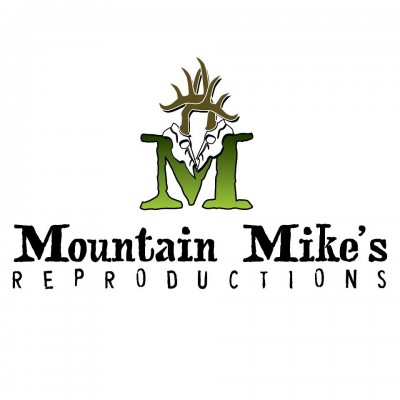

Virgil, a major poet of the early Roman Empire, under Augustus, derived Latium from the word for "hidden" (English latent) because in a myth Saturn, ruler of the golden age in Latium, hid (latuisset) from Jupiter there. The selection of Jupiter as a state god and the descent of the name Latini to the name of the Latin language are sufficient to identify the Latins as a tribe of Indo-European descent.

During World War II, the Wehrmacht turned it into a radio station, which was captured after an infantry battle by American troops in 1944, and it currently is a controversial telecommunications station surrounded by antennae considered unsightly by the population within view. The last pagan temple to be built stood until the Middle Ages when its stone and location were reused for various monasteries and finally a hotel. At the top of the second-highest peak ( Monte Cavo) was a temple to Jupiter Latiaris, where the Latini held state functions before their subjection to Rome, and the Romans subsequently held religious and state ceremonies. In its center is a crater lake, Lacus Albanus ( Lago Albano), oval in shape, a few km long and wide.

The earliest known Latium was the country of the Latini, a tribe whose recognised center was a large, dormant volcano, Mons Albanus ("the Alban Mount", today's Colli Albani), 20 kilometres (12 mi) to the southeast of Rome, 64 kilometres (40 mi) in circumference. Consequently, Latium is home to celebrated works of art and architecture. Latium has played an important role in history owing to its status as the host of the capital city of Rome, at one time the cultural and political center of the Roman Empire. The ancient language of the Latins, the tribespeople who occupied Latium, was the immediate predecessor of the Old Latin language, ancestor of Latin and the Romance languages. The modern descendant, the Italian Regione of Lazio, also called Latium in Latin, and occasionally in modern English, is somewhat larger still, though less than twice the size of Latium vetus et adiectum, including a large area of ancient Southern Etruria and Sabina. The name Latium was thus also extended to this area south of Rome ( Latium adiectum), up to the city of the ancient Oscan city of Casinum, defined by Strabo as "the last city of the Latins". The latter saw the creation of numerous Roman and Latin colonies: small Roman colonies were created along the coast, while the inland areas were colonized by Latins and Romans without citizenship. Subsequently, Rome defeated Veii and then its Italic neighbours, expanding its dominions over Southern Etruria and to the south, in a partly marshy and partly mountainous region. The right bank of the Tiber was occupied by the Etruscan city of Veii, and the other borders were occupied by Italic tribes. It was located on the left bank (east and south) of the River Tiber, extending northward to the River Anio (a left-bank tributary of the Tiber) and southeastward to the Pomptina Palus ( Pontine Marshes, now the Pontine Fields) as far south as the Circeian promontory. Latium was originally a small triangle of fertile, volcanic soil ( Old Latium) on which resided the tribe of the Latins or Latians.


 0 kommentar(er)
0 kommentar(er)
